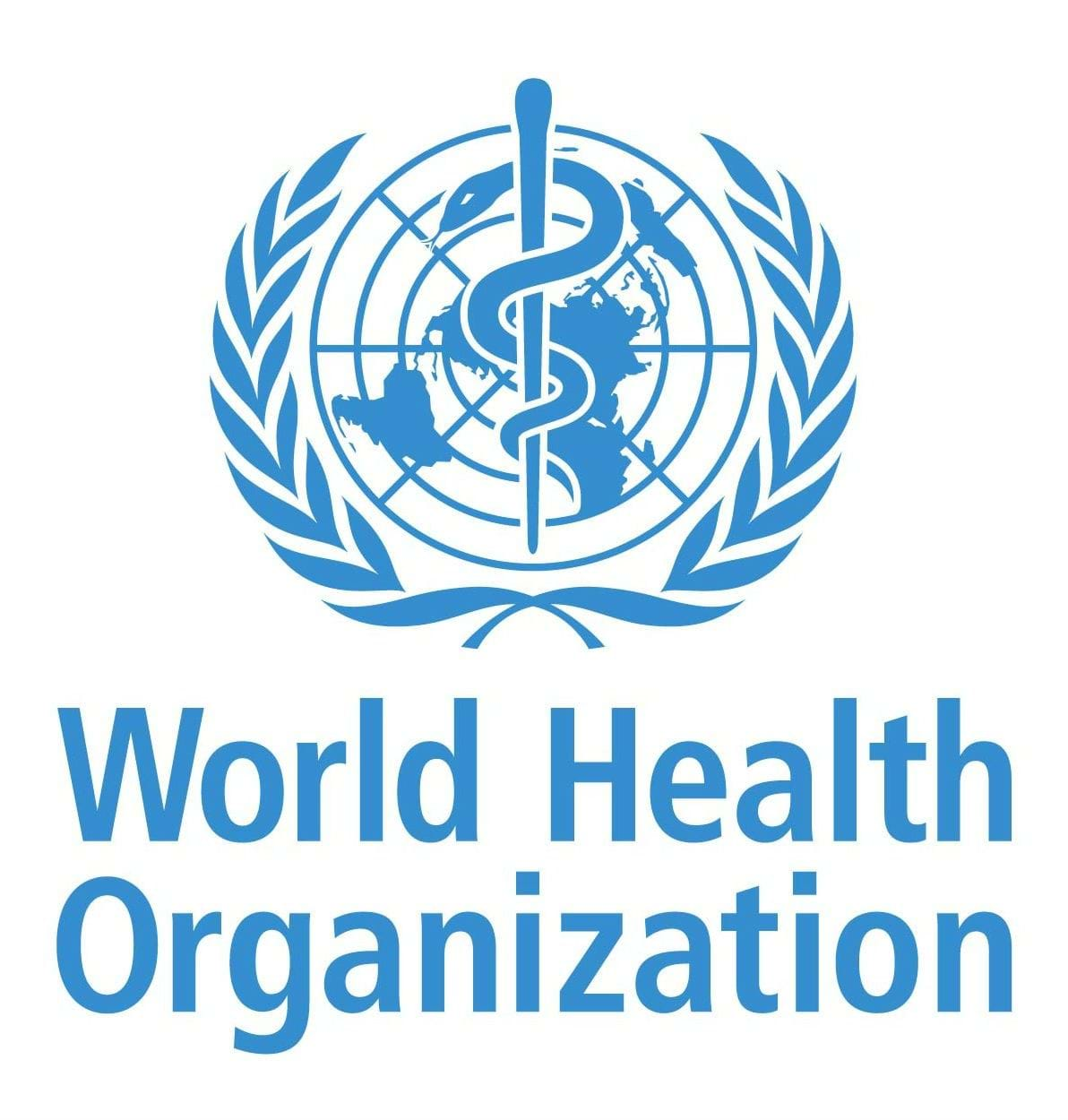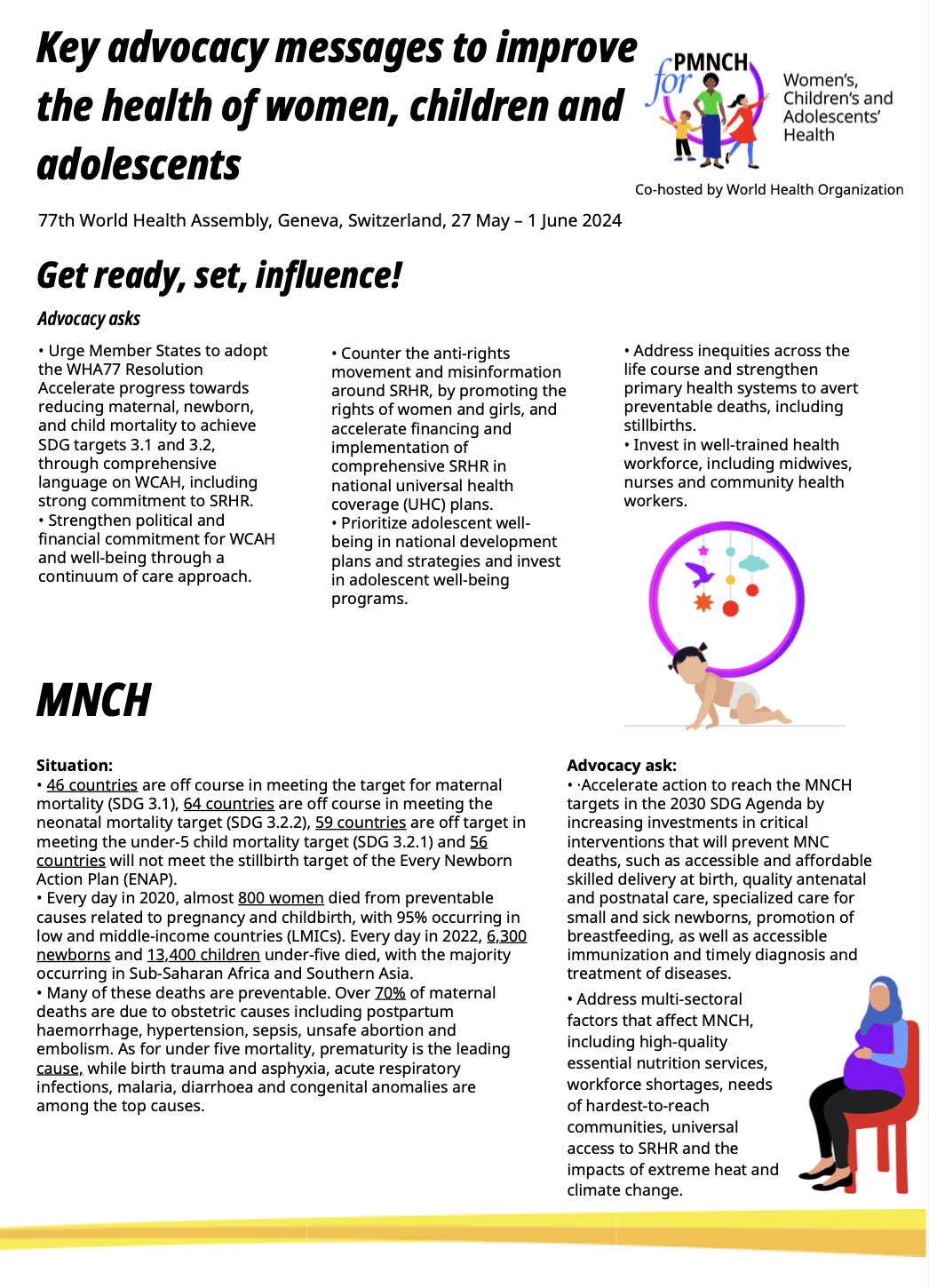Watch recording
Co-hosts: Government of India, Government of Norway, UNICEF and UNFPA
This event aims at disseminating emerging evidence and findings and, discuss key opportunities for increasing investment in maternal, newborn, child and adolescent health and well-being to accelerate progress towards the 2030 goals.
It is a right of every woman, child and adolescent to the highest attainable health and well-being. Yet it also makes good economic sense, contributing to the development of human capital and the wider prosperity of our world. A recent report launched at the Annual Economic Forum notes a US$1 trillion opportunity to improve lives and economies by closing the women’s health gap.
This year sees the emergence of robust new economic and financial evidence about the costs and value of investing in women, children and adolescent health (WCAH) and well-being – and why we can no longer afford the heavy cost of inaction on these issues. This evidence includes the efforts of the latest Lancet Commission on Investing in Health (“CIH 3.0”), and its forthcoming report, including WCAH in a post-COVID world. Focusing on financing high impact interventions is key to addressing these issues. Recent data reveals that investment in integrated packages covering interventions in sexual and reproductive and maternal, newborn and child health would return between US$9-20 for every US$1 spent, with additional social benefits of lower morbidity and mortality by 2035. Estimates from the countries studied for the Adolescent Well-being Investment Case in partnership with Victoria University suggest that over the period 2024-50, the average cost of inaction (benefits foregone) is US$110 trillion (USD 4.1 trillion per year). This equates to 7.7% of the GDP in the countries included, reflecting about 80% of the world's population.
While the Lancet Commission on Investing in Health report is yet to be published, during this event the commission will share emerging key findings for consideration for strategic investments. In addition to the adolescent well-being investment case, the WHO’s biennial report on adolescent well-being can serve as a reference for strategic discussion on how better target policies, investment and services to address needs of the most vulnerable.
Agenda
Time | Segment | Speakers (click to watch speeches) |
18:00-18:03 (3 min) | Welcome | |
18:03-18:23 (20 min) | Setting the scene:
|
|
18:23-19:03 (40 min) | Multi-stakeholder panel discussion |
|
19:03-19:12 (9 min) | Comments from the Floor | Comments from: |
19:12–19:15 (3 min) | Closing remarks | |
19:15 – 20:30 | Reception |
|

.png?sfvrsn=6d0e27cd_1)





